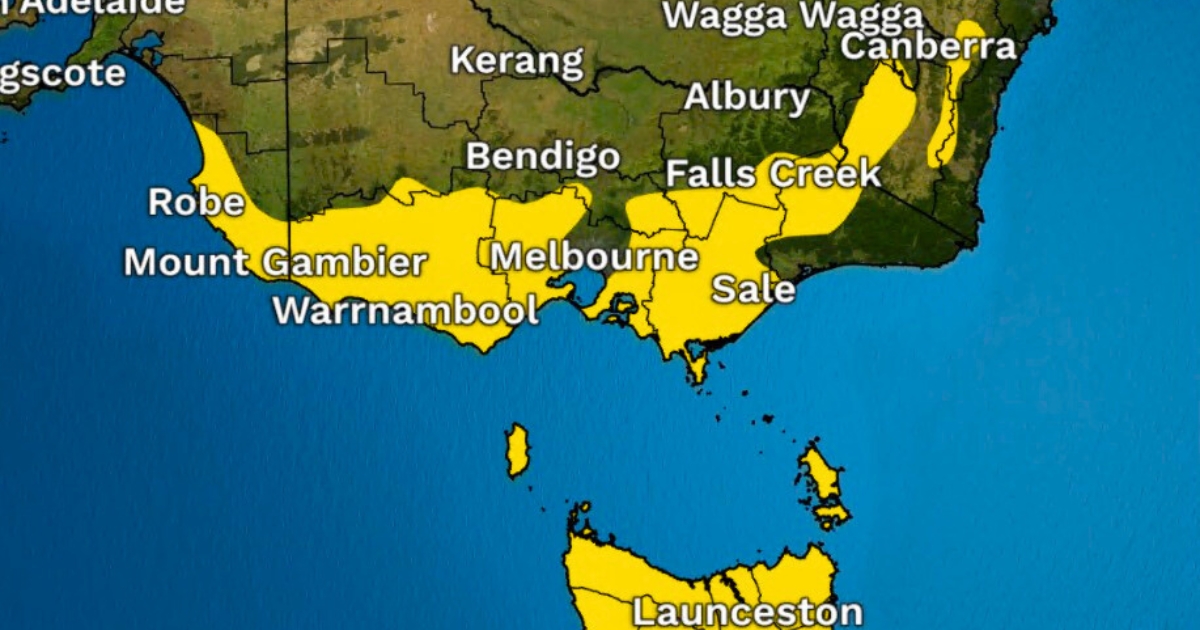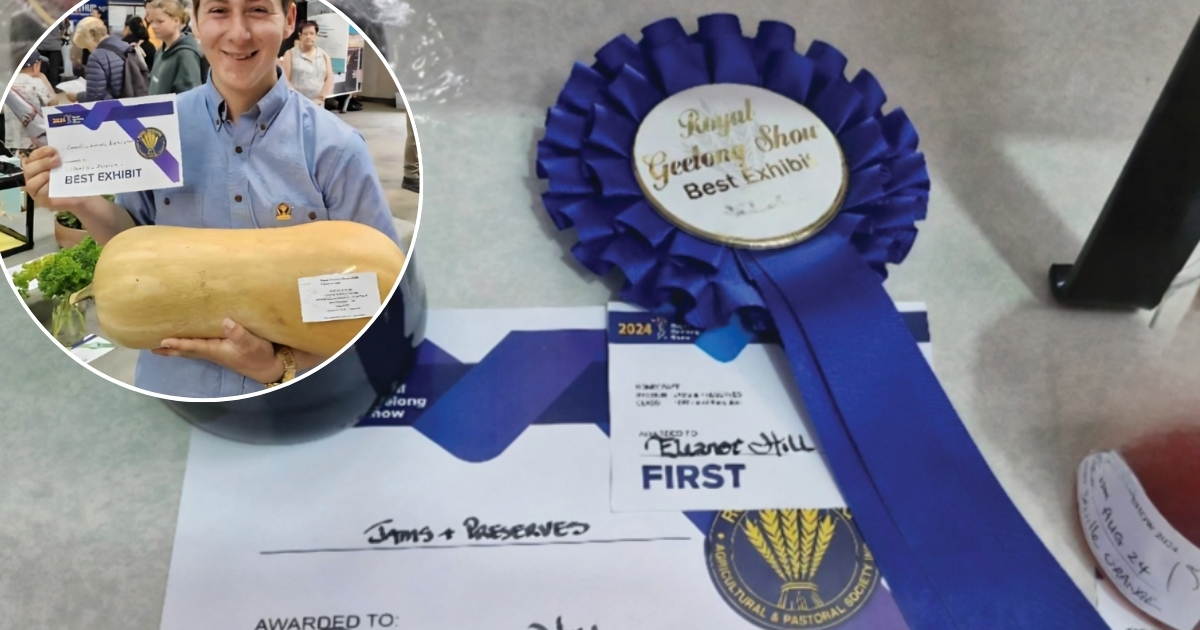Inverleigh unites to honour sacrifice

Intergenerational service: Students at Inverleigh Primary School took part in both the Remembrance Day service with a reading of John McCrae’s World War One-era poem In Flanders Fields. Photos: TIM BOTTAMS
MEMBERS of the Inverleigh community and surrounds met at the town’s memorial on Monday morning to honour those who’ve fallen during armed conflict.
The event was hosted by members of the Inverleigh RSL Sub-Branch as part of their annual Remembrance Day service, with attendees representing nearby schools, as well as state, federal, and local government.

Inverleigh RSL Sub-Branch president Deema Johnston hosted the proceedings and said it was important to mark the yearly tradition.
“That time of silence is to reflect on those who gave the extreme sacrifice for our freedoms of that time,” he said.
“It’s also remember all those service members who came back and were never the same again. In the first World War, we had 331,000 overseas but had 480,000 go through the hospital system, and 1649 lost limbs.
“They went for the adventure and fun, and would never have gone overseas if they stayed home, so it’s to remember those who fell for our freedoms we have now.”
The service included a reading of In Flanders Fields by Inverleigh Primary School students and a presentation from National Servicemen’s Association of Australia’s Victorian branch president Ron Brady. The catafalque party was made up of 8th/7th Battalion Royal Victoria Regiment members.

Shelford Primary School teacher Sharon Miller brought student leaders to the service for the first time in five years.
“We have families here who are members of the RSL so it’s important for them to commemorate their service,” she said.
“My husband was in East Timor and the Solomon Islands and both my grandfathers were involved in World War Two. It’s a bit of a family affair for us.”
Following formal proceedings, everyone was invited to the RSL’s base at the corner of West Street and the High Street service road for the unveiling of the group’s recently-restored 25-pounder Howitzer gun.

Six World War Two-era soldiers local to Inverleigh and surrounds are said to have operated the weapon. Their descendants were invited to unveil the gun.
“Over 400 man hours went into the restoration,” Mr Johnston said. “There was a lot of donating of tyres, rims, and transport.
“We’ve actually got six members who were in artillery over the Middle East and some in infantry that would’ve been supported by it. This was actually the first artefact to arrive at the RSL.”
Five new plinths were also revealed to coincide with the restoration, shedding light on the iconography dotted about the RSL Sub-Branch’s frontage.


















